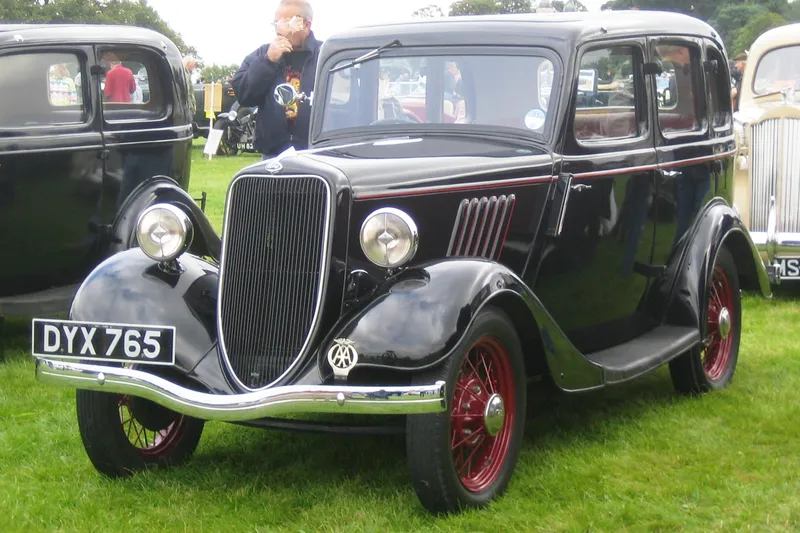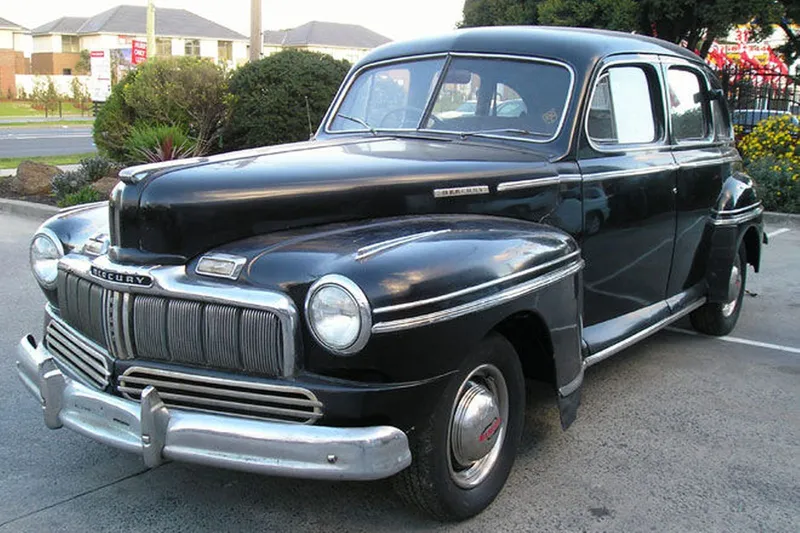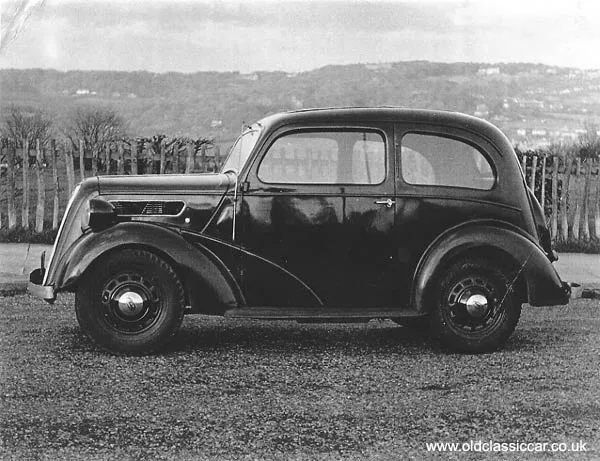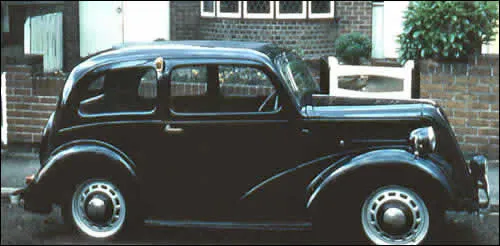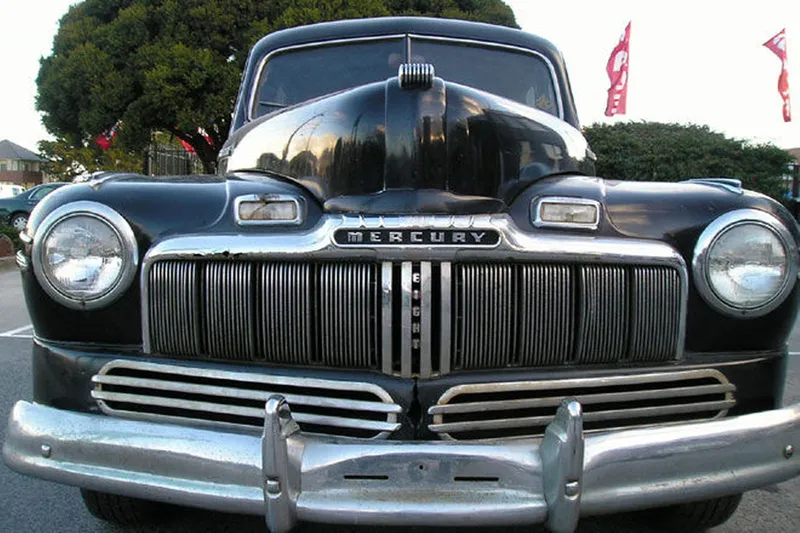
The term “Ford Eight” generally refers to a range of Ford cars produced in the 1930s and 1940s in the United Kingdom. These vehicles were part of Ford’s lineup in Europe and were typically small family cars with an engine capacity of around 0.9 to 1.2 liters.
Key features of the Ford Eight models from that era:
Compact Size: The Ford Eight cars were known for their relatively compact size, making them suitable for city driving and maneuverability on narrow roads.
Affordability: They were designed to be affordable and aimed at the mass market, providing basic transportation for families at an accessible price point.
Simplicity: These vehicles were characterized by their simplicity in design and features, offering essential functionalities for transportation without many luxury amenities.
Reliability: Known for their reliability and durability, these cars were praised for their robust construction and ease of maintenance.
Vintage Design: Reflecting the automotive style of their time, the Ford Eight cars exhibited classic design elements, such as rounded body shapes, modest interiors, and chrome accents.
Historical Significance: The Ford Eight models played a role in Ford’s history, contributing to the brand’s heritage in the European automotive market.
As with many vintage vehicles, the specifics and availability of Ford Eight models might vary based on production years, design updates, and regional variations. These cars hold significance in automotive history, representing a period when affordable transportation for the masses was a key focus for manufacturers like Ford.

